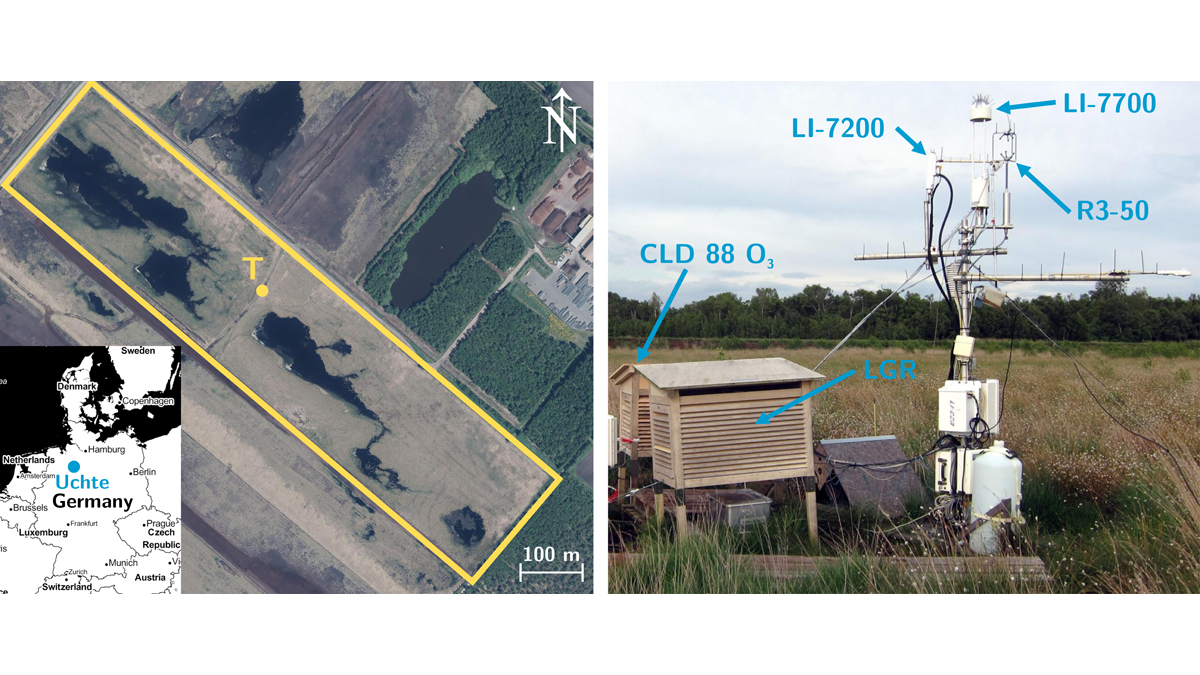Editors’ Highlights are summaries of recent papers by AGU’s journal editors.
Source: Journal of Geophysical Research: Biogeosciences
Growing excitement among policymakers and land managers has formed around natural or nature-based climate solutions (NCS) for reduction of greenhouse gas emissions or enhancement of carbon dioxide sequestration and storage from ecosystems. One particularly promising approach involves rewetting and restoring formerly drained peatlands, limiting the loss of carbon stored over thousands of years while enhancing carbon uptake.
Peatlands store 25 percent of the global terrestrial carbon pool despite covering only 3 percent of Earth’s land. Despite the high carbon storage density, long-term studies of peatland rewetting potential for serving as an effective NCS are limited. Schaller et al. [2022] demonstrate the challenges of mitigation strategies for a rewetted peatland in Germany. They demonstrate that, even 18 years after rewetting, once all sources and sinks of climate-warming greenhouse gases are considered, the peatland is still a net positive radiative forcing on the atmosphere. However, as initial methane emissions eventually convert to carbon dioxide in the atmosphere, this effect diminishes in magnitude, and a net cooling effect will likely establish in the following decades. The authors also note there are multiple ecosystem benefits to rewetting and that emissions are still lower than peatlands drained for peat extraction.
Citation: Schaller, C., Hofer, B., & Klemm, O. [2022]. Greenhouse gas exchange of a NW German peatland, 18 years after rewetting. Journal of Geophysical Research: Biogeosciences, 127, e2020JG005960. https://doi.org/10.1029/2020JG005960
―Ankur R. Desai, Editor, JGR: Biogeosciences

